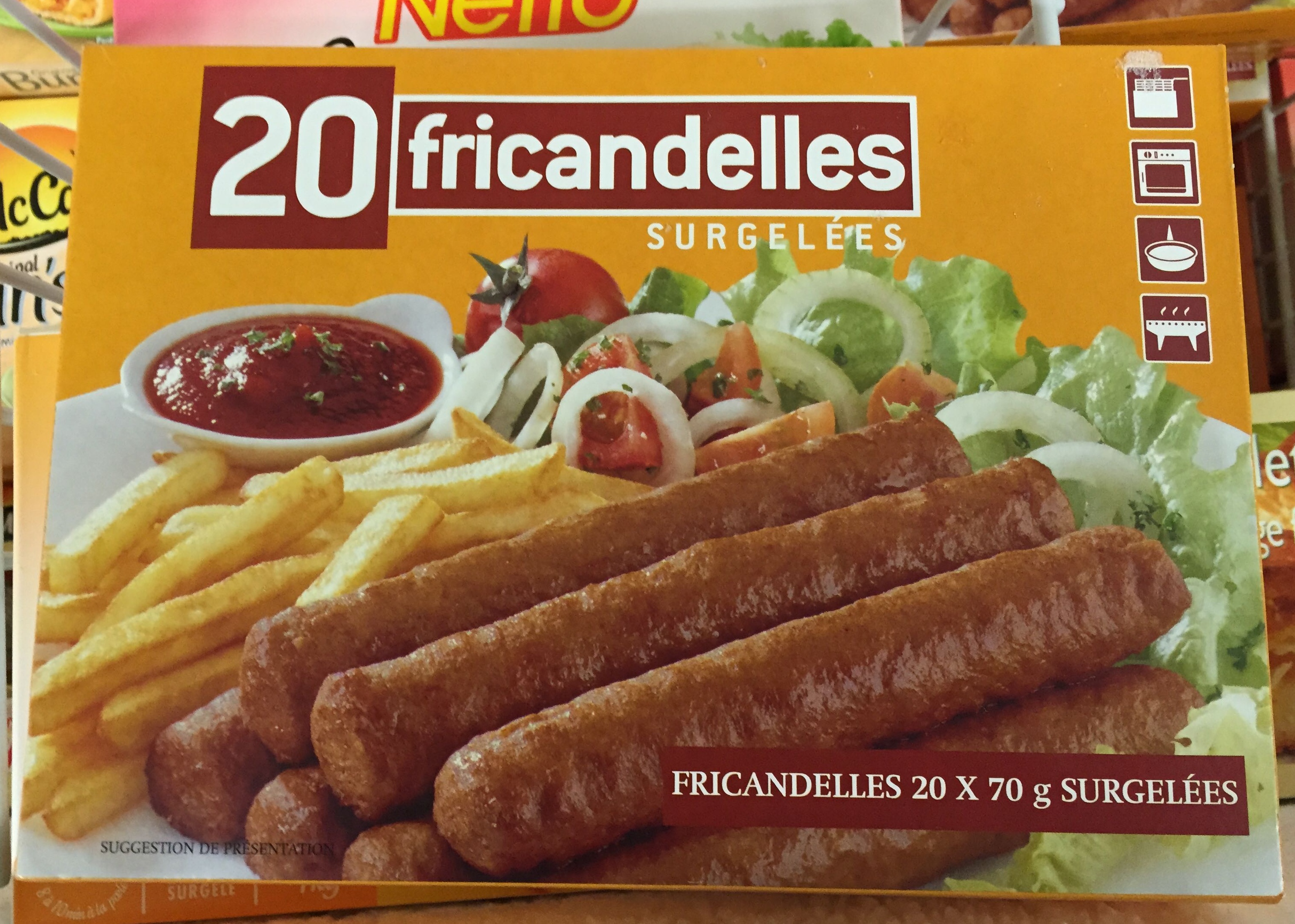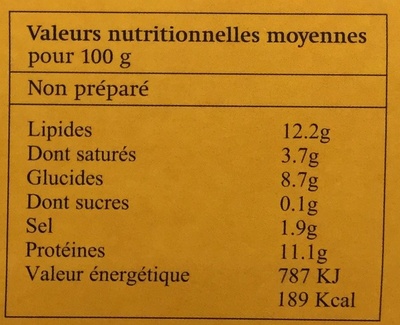20 fricandelles surgelées - Bakx - 20 * 70 g
This product page is not complete. You can help to complete it by editing it and adding more data from the photos we have, or by taking more photos using the app for Android or iPhone/iPad. Thank you!
×
Barcode: 8725200867117 (EAN / EAN-13)
Quantity: 20 * 70 g
Brands: Bakx
Categories: Meats and their products, Frozen foods, Meat preparations, Meats, Prepared meats, Frikandel
Traceability code: NL 175 EG
Stores: Netto
Countries where sold: France











